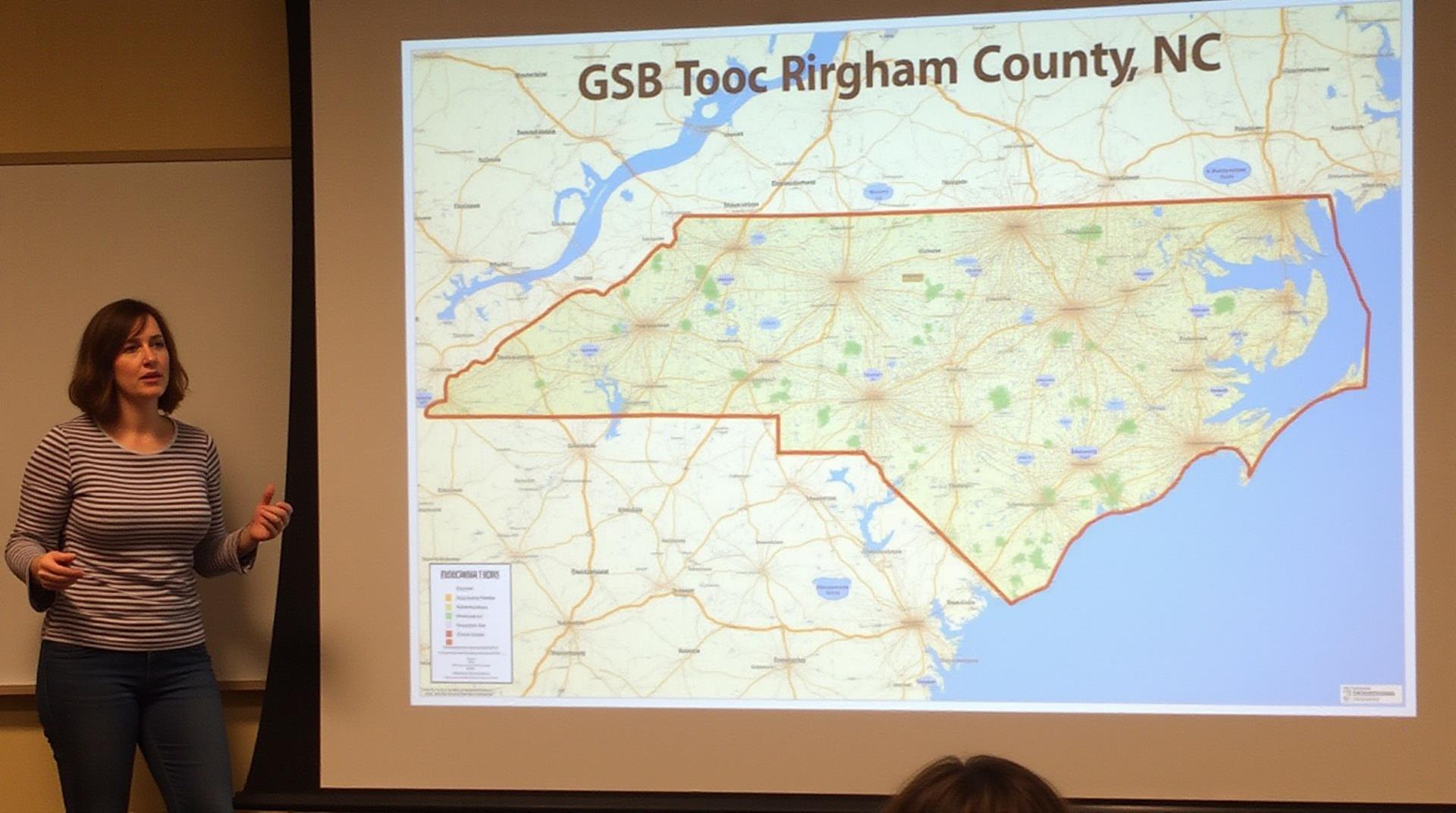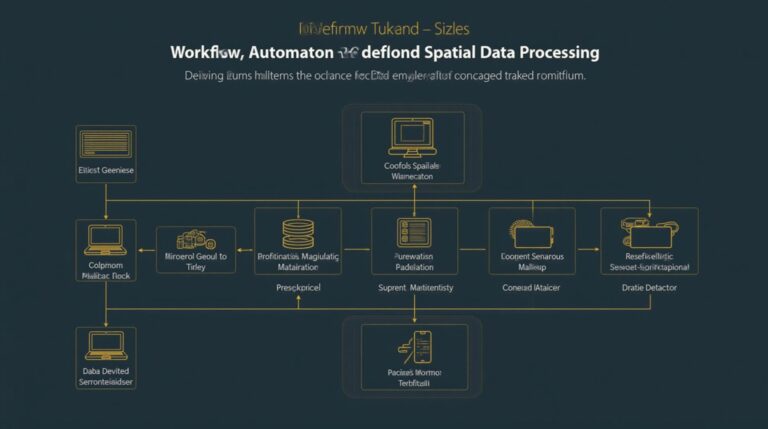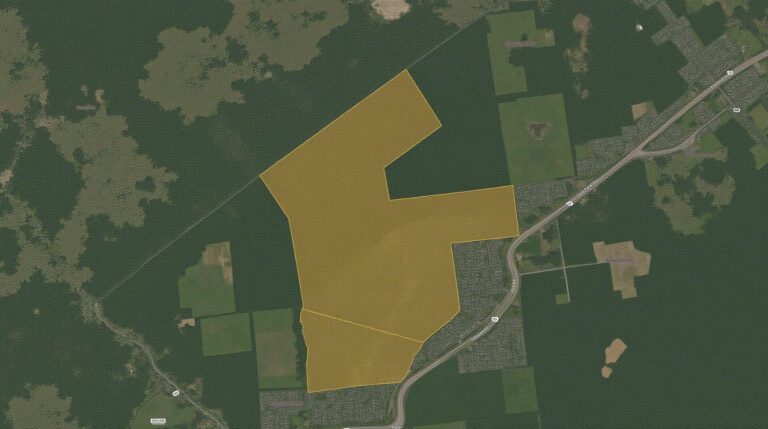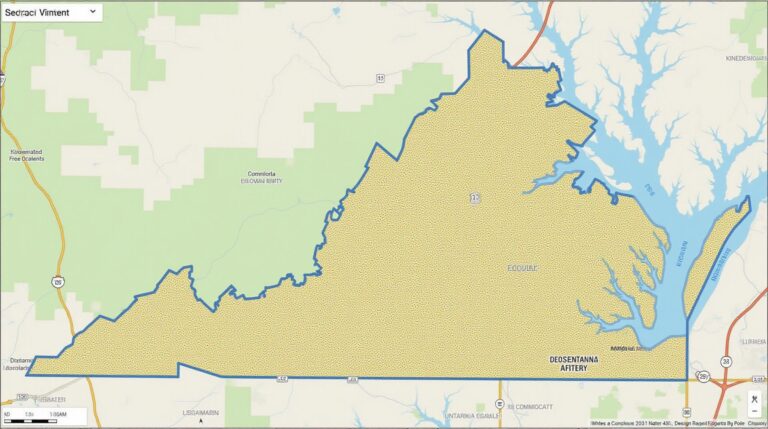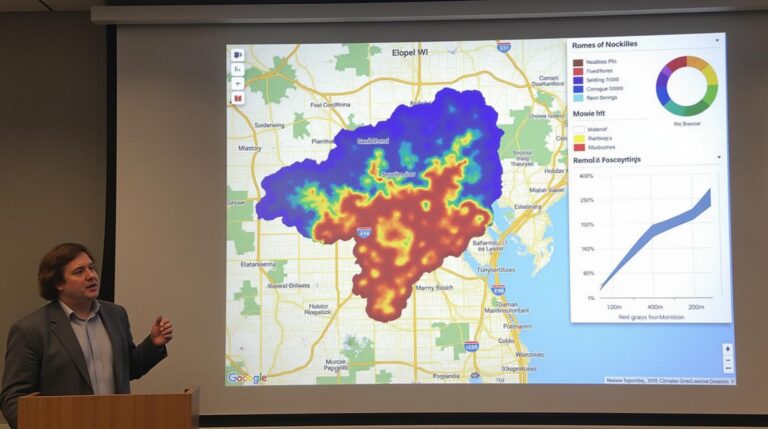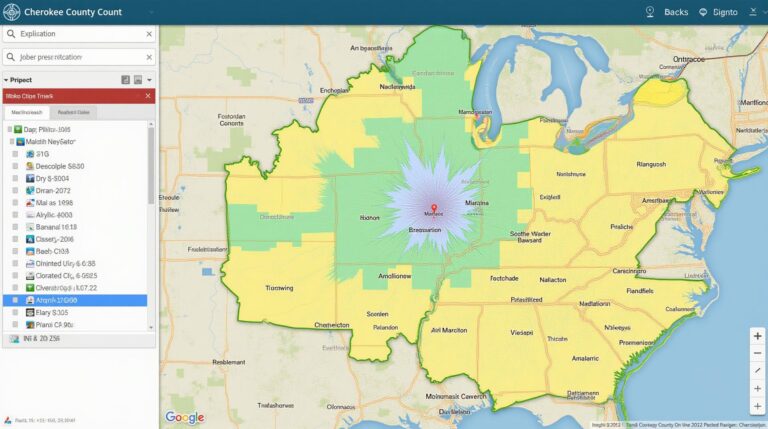Rockingham County, NC GIS: Mapping Made Easy
## Rockingham County, NC GIS: Mapping Made Easy
Welcome to Rockingham County! This beautiful county in North Carolina is home to rolling green hills, thriving industries, and a rich history. But did you know that amidst all this charm, you have a powerful resource at your fingertips? We’re talking about GIS (Geographic Information Systems) data – a valuable tool for anyone wanting to understand better their local landscape, navigate efficiently, or support local decision-making.
What is GIS Data, and why is it important for Rockingham County?
GIS Data represents geographical information in digital format. Imagine it as a digital atlas of places – roads, buildings, schools, parks, utilities, and even the soil type of a parcel of land. This rich information is what empowers us to make informed decisions, understand environmental patterns, monitor changes over time, and many other tasks…
Rockingham County GIS: A Breakdown of Key Features
GIS data is surprisingly accessible in Rockingham County. The county and the state of North Carolina provide a host of comprehensive resources – some readily available online, others behind the scenes for specific data needs:
Local Databases and Mapping:**
* Rockingham County GIS Portal: https://gis.rockymountnc.com/ [(link to hard cost estimate and application guide if applicable)
***
– Special Features:**
* Property information
* Land and resource management data (environmental, conservation, recreation)
* Demographic data (population, housing, demographics)
* Transportation and infrastructure information
* Emergency response data (distinctive area, fire, and weather vulnerability)
***
The Benefits of Rockingham County GIS Data
Using GIS data unlocks several benefits, whether you’re a resident, a study group, or pro local development:
* **Decision-Making:** Use data on population density, crime statistics, or economic indicators to guide smart investment choices, plan new housing developments or infrastructure projects.
* **Planning and Development:** Visualize new area zoning, track housing developments, or identify points of conflict arising from infrastructure and urbanization.
* **Environmental Conservation:** Identify sensitive ecosystems, track water quality, or predict the impacts of natural disasters on critical infrastructure.
* **Improving Emergency Response:** Analyze land for natural hazard risks, emergency vehicle routes, and community preparedness.
***
Tools and Resources for Exploring Rockingham County GIS Data
Here are a few tools online that help with GIS data exploration for Rockingham County:
* **Rockingham County GIS Portal:** [https://gis.rockymountnc.com/](https://gis.rockymountnc.com/) This website offers interactive maps, data layers, and applications, making it a central hub for exploring Rockingham County’s geospatial data.
* **North Carolina State GIS:** [http://www.gis.nc.gov/](http://www.gis.nc.gov/) This state-run platform provides access to a wide variety of interconnected datasets, including detailed maps, imagery, and demographic information, which can be useful for comparing Rockingham County trends to other areas in North Carolina.
* **Google Earth:** A powerful tool for exploring the terrain of Rockingham County. Integrate it with ArcGIS Desktop for more in-depth analysis.
***
Getting Started with GIS in Rockingham County
* **Check the Local Resources:** Visit the Rockingham County GIS website and attend online training sessions, offered often by local government and universities.
* **Online Resources:** Utilize online platforms like ArcGIS Online for more advanced GIS skills if you’re going more advanced.
* **Join Local GIS User Groups:** See if there are any meetings or discussions in your area. Networking helps users get even more information, learn new advances, and make the most out of local gi
By leveraging GIS data alongside these powerful tools, residents, businesses, and researchers can truly unlock the potential of Rockingham County, making Informed decisions, understanding the lay of the land and contributing to its progress.
Frequently Asked Questions
What types of GIS data does Rockingham County GIS offer?
We offer a variety of geospatial data to support your needs, including but not limited to:
- Land Use/Land Cover: Comprehensive maps reflecting different land cover types such as residential, commercial, industrial, and agricultural use.
- Tax Parcels/Property Lines: Detailed maps showing property boundaries, parcel numbers, and other information.
- Zoning Classifications: Maps outlining the designated land use for each plot or parcel.
- Infrastructure: Road networks, utilities (water, sewer, etc.), and other essential infrastructure points.
- Public Facilities: Location of schools, hospitals, parks, libraries, and other public services.
- Demographic Data: Population densities, household distribution, and other demographic information.
- Environmental Data: Wetlands, watersheds, streams, and other significant natural elements.
How can I access the GIS data?
We offer multiple avenues to access our GIS data:
What are the file formats available for GIS data?
We provide a range of formats to best serve your needs:
Can I download GIS data for personal use?
Yes, download options are available for personal use. We strive to make data accessible for research and personal projects. You can browse our data catalogue and download the files that are appropriate for your needs.
How can I learn more about using GIS data?
We offer resources to help you get started with using GIS data.
Explore our online learning materials
for tutorials and guides.
Additionally, we offer technical support to assist individuals and organizations in utilizing our GIS data effectively. Get in touch through our contact page for assistance.
Importance of GIS Data for Rockingham County, NC
GIS data is invaluable for Rockingham County. It can be leveraged to:
* **Boost Development Planning:** Analyze land suitability for commercial, residential, or industrial development, navigate zoning regulations, and optimize infrastructure placement.
* **Enhance Public Services:** Improve emergency response timeframes by locating public safety resources, minimize travel times for services delivery, and promote community preparedness.
* **Support Environmental Surveys:** Conduct precise environmental research, identify and track wetlands, monitor pollution, and assess risks to ecosystem health.
* **Promote Community Growth and Mobility:** Optimize traffic flow analysis, identify areas for infrastructure improvements, and investigate the impact of development on transportation movements.
* **Educate and Engage the Public:** Use GIS-based maps to understand transportation, recreation, and land use characteristics, helping residents make informed decisions.
GIS data empowers Rockingham County to create a more informed, efficient, and connected community.

